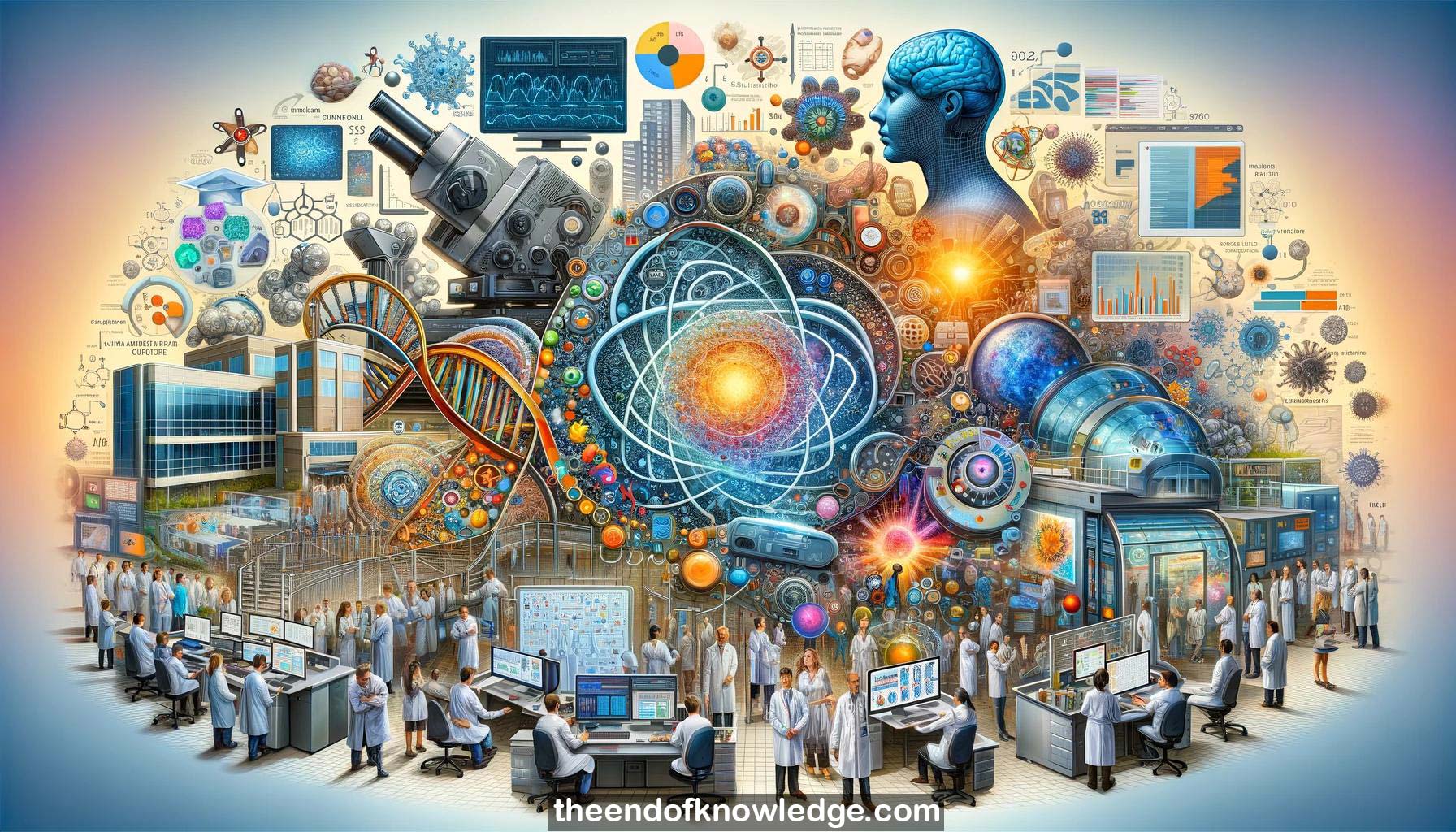 >
>
Concept Graph & Resume using Claude 3 Opus | Chat GPT4 | Gemini Adv | Llama 3:
Resume:
1.-Daphne Koller has transitioned from focusing on machine learning research to applying ML to create meaningful impact, especially in healthcare.
2.-Her work in computational pathology showed data-driven ML could diagnose breast cancer better than pathologists by analyzing tumor micro-environment.
3.-It was difficult to get companies to translate academic ML research like this into clinical practice without internal champions.
4.-There is a significant cultural barrier between the machine learning and life sciences communities due to different ways of thinking.
5.-Big pharma companies often have silos between scientific experiments and computational analysis that hamper innovative application of ML.
6.-Students interested in applying ML to healthcare should learn the vocabulary of both sides and approach collaborations with an open mind.
7.-Koller tries to guide her career by considering how to maximize her unique impact in leaving the world a better place.
8.-Few people are bilingual in both machine learning and biology/health, presenting an opportunity to have outsized impact.
9.-Koller co-founded Coursera unexpectedly when online courses she helped launch at Stanford gained huge worldwide audiences.
10.-She stayed at Coursera for 5 years, leaving Stanford, to see the company and mission through.
11.-She's most proud of the lives Coursera has transformed by providing access to education that enables people to improve their circumstances.
12.-As a woman in male-dominated fields, Koller has avoided egregious sexual harassment but constantly faced subtle put-downs and lack of recognition.
13.-To improve diversity, people should speak up about biased incidents and the community should value work that makes meaningful societal impact.
14.-Exciting ML research directions include techniques for learning from small, heterogeneous datasets common in scientific applications.
15.-The community would benefit from looking at new problem domains beyond commonly used benchmark datasets.
16.-The need for interpretability in machine learning models depends on the specific dataset and problem.
17.-Deep learning has demonstrated value beyond expectations but is not always the right solution - a thoughtful matching of problem and approach is needed.
18.-Models that combine knowledge with data may be valuable for certain problems rather than purely knowledge-free data-driven approaches.
19.-Causality is very important, especially for biological and medical applications which often involve interventional rather than just associative questions.
20.-The ML community has not devoted enough attention to developing and applying causal inference approaches.
21.-To better apply ML in biomedicine, biologists and machine learning researchers should collaboratively design experiments to enable the ML approaches.
22.-In the last 5 years, high-throughput experimental tools have emerged in biology to generate datasets at a scale useful for ML.
23.-Koller recently launched a company to bring together biologists and ML researchers to collaboratively solve important problems in drug discovery and development.
24.-Traditional drug development is hypothesis-driven, focusing resources on clinical trials of a small number of intuitively chosen therapeutic targets.
25.-Applying ML and high-throughput experiments to broadly explore many therapeutic hypotheses could improve success rates of clinical trials.
26.-While the long timelines of clinical trials can't be eliminated, ML could help identify participants to demonstrate efficacy more efficiently.
27.-Shortening drug development timelines from 15 years to 5-7 years through application of ML would be a major achievement.
Knowledge Vault built byDavid Vivancos 2024